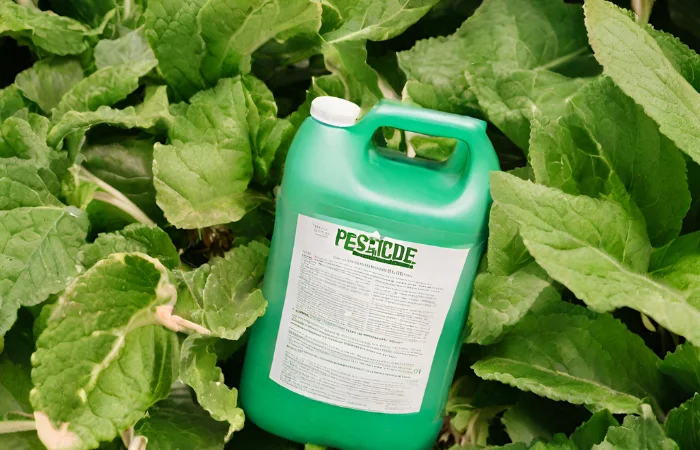At MIT, a groundbreaking discovery has been made: bacteria can be optimized to defend plants from invasive species, potentially replacing harmful chemical fertilizers in agriculture.
Chemical fertilizers, although effective, contribute significantly to greenhouse gas emissions like nitrous oxide. Their production, reliant on the Haber-Bosch process, demands extensive energy. In response, some farmers have turned to biofertilizers, which employ beneficial microorganisms to enhance soil fertility and plant health. However, these alternatives haven’t been effective in pest control.
Innovative Bacteria Optimization by MIT
MIT’s latest advancement lies in enhancing bacteria for dual purposes: providing essential nutrients and protecting against pests. Previously, mass production of these microorganisms was hindered due to their sensitivity to heat and humidity.
Addressing this, MIT chemical engineers developed a special metal-organic coating. This coating shields the bacteria from environmental stressors without impacting their growth or functionality, making them effective for plant protection.
As Professor Ariel Furst from MIT, the senior author of the study, states, “They can also withstand heat up to 132 degrees Fahrenheit, which means that you wouldn’t have to use cold storage for these microbes.”
Safety and Efficacy of the Coatings
The metal-organic coatings, which include safe elements like iron, manganese, aluminum, and zinc, combined with polyphenol (a naturally occurring plant substance with antioxidant properties), provide a robust protective layer for the bacteria. Furst elaborates, “We are using these natural food-grade compounds that are known to have benefits on their own, and then they form these little suits of armor that protect the microbes.”
During their experiments, the researchers tested 12 different coatings, all of which successfully protected the bacteria against temperatures up to 122 degrees Fahrenheit and humidity levels of up to 48 percent. Impressively, these coatings also enhanced the germination rates of various seeds like dill, corn, radishes, and bok choy by 150%.
More To Discover
- Regional Differences Drive Distinct Motivations for Energy-Efficient Home Upgrades Across the U.S.
- Solar Balconies: Should U.S. Renters Follow Europe’s Trending Green Tech?
- Indonesian Court Just Gave 65,000 Acres of Indigenous Ancestral Forests to a Palm Oil Company
- MIT’s Solar-Powered Desalination System Could Produce Freshwater Cheaper Than Tap Water For Most Of The World
"When we think about developing technology, we need to intentionally design it to be inexpensive and accessible, and that’s what this technology is. It would help democratize regenerative agriculture."

Towards Commercialization: Seia Bio
To make this technology widely available, particularly for small-scale farmers lacking the facilities to cultivate these microbes, Furst founded Seia Bio. She believes that the low production costs will make these microbial fertilizers more affordable. Furst emphasizes the importance of creating accessible technology, saying, “When we think about developing technology, we need to intentionally design it to be inexpensive and accessible, and that’s what this technology is. It would help democratize regenerative agriculture.”
This significant development in sustainable agriculture has been published in the Journal of the American Chemical Society.




















